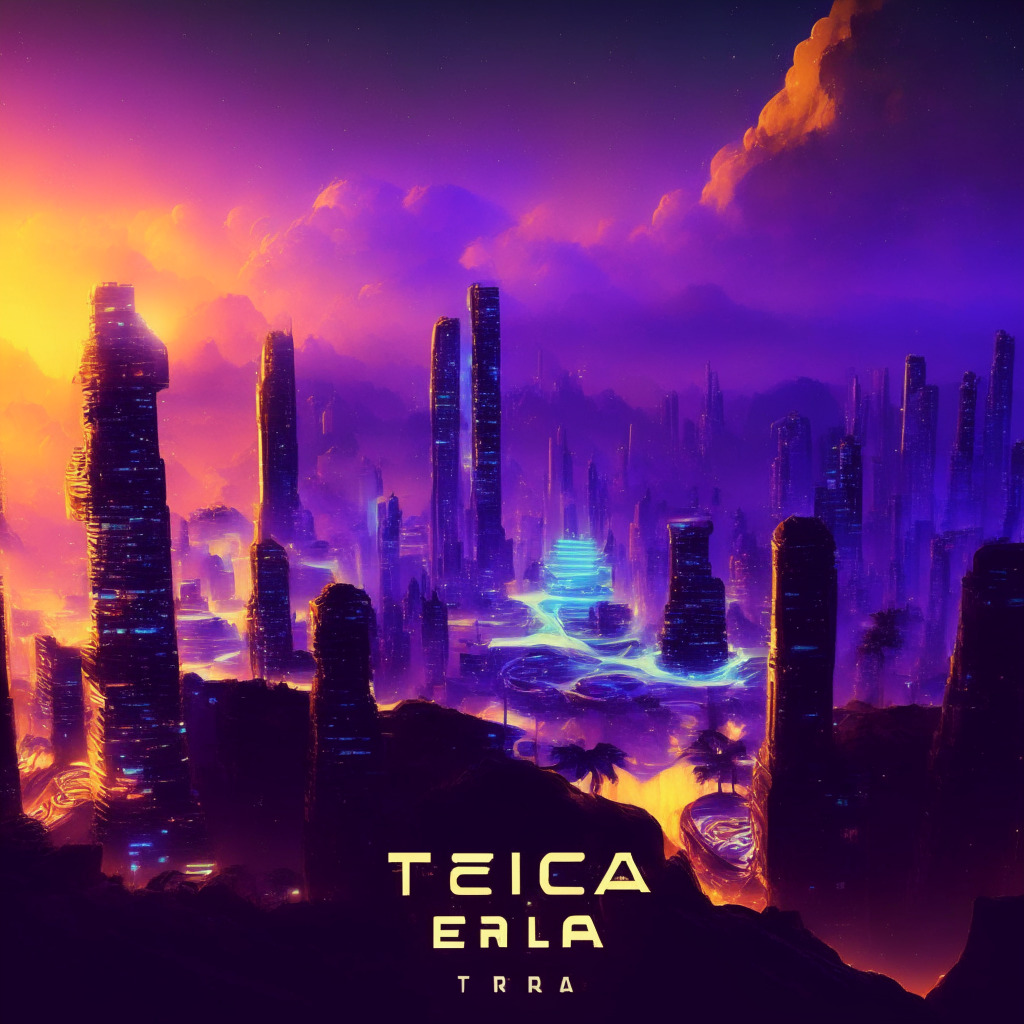Sotheby’s, one of the world’s most prestigious auction houses, has recently made waves in the world of digital art by announcing the expansion of its Metaverse platform. With the addition of a blockchain-based NFT marketplace focused on secondary sales, Sotheby’s is taking the next step in bringing art into the digital age. This move has been met with excitement by some and uncertainty by others, as debates stir around the sustainability of NFT markets.
The new Sotheby’s marketplace is designed to offer a more exclusive experience compared to industry leader OpenSea. The key difference is that a team of experts will curate the digital art being sold—a move that may bring added value to the NFT market by narrowing the focus to include works from leading artists handpicked by Sotheby’s specialists.
However, the exclusivity could also be seen as a potential downside. Although Sotheby’s aims to provide a sophisticated and curated experience, some art enthusiasts might argue that the very nature of blockchain and digital art should be more inclusive and democratic, thus making the closed selection process contradictory.
Sotheby’s marketplace will primarily feature secondary sales for digital art, governed by automated smart contracts that allow for seamless and secure transactions. Payments can be made using widely known cryptocurrencies such as Ethereum (ETH) and Polygon’s native token, MATIC. This new marketplace will support the Ethereum blockchain and its layer-2 scaling network, Polygon, which should lower transaction costs and significantly speed up transfers.
But while this expansion into blockchain technology is seen as a step forward for the venerable auction house, it is not without its risks. NFT markets have generally been in a state of decline, with trading volumes and prices falling across the board. In fact, only six of the top 20 NFT collections by market cap have recorded increased trading volumes in the past month. These statistics indicate that the NFT market as a whole, may not be as lucrative or stable as it first appeared.
Additionally, the Sotheby’s platform faces the challenge of attracting sustained buyer interest amid a struggling NFT market. Recent data has shown an increase in sellers compared to buyers, threatening the innovative nature of the auction house’s new platform. However, Sotheby’s commitment to including only distinguished digital artists in its marketplace, coupled with its years of experience in the world of art auctions, might be enough to restore faith in the potential of NFTs as an artistic and financial avenue for collectors and investors.
In conclusion, Sotheby’s expansion into blockchain technology and NFTs through its Metaverse platform has generated both intrigue and apprehension. With its focus on exclusivity and top-quality digital art, this new marketplace could possibly revitalize the struggling NFT market. However, only time will tell if the world of digital art and cryptocurrencies remains a viable battleground for market leaders like Sotheby’s.
Source: CryptoPotato




